Mix, Match, Morph….
Howllo Fellow Basset Hound and National Geographic Lovers….My sister sent me a heads up last night that the February issue of National Geographic had an article on The ABC’s of DNA, What Dogs Tell Us. This is the cover.
That has to be a descendant of Fay Ray, one of William Wegman’s Weimaraners.
I went online and found the article and thought I would share. At the beginning of the article it states that the Westminster dog show starts tomorrow, but it does not. That part must have been written last year. This year the show is Monday and Tuesday, February the 13th and 14th. The hounds kick off of the show Monday night.
Schedule
NIGHT 1:
Monday, February 13
Hound, Toy, Non-Sporting and Herding Groups
8-9 p.m. (ET) live on USA Network
9-11 p.m. (ET) live on CNBC
NIGHT 2:
Tuesday, February 14
Sporting, Working and Terrier Groups, Best In Show
8-11 p.m. (ET) live on USA Network
Breed judging highlight videos are available throughout the day on Monday and Tuesday on the Westminster Web site. These highlights will be available after the show, as well.
To our West Coast viewers: Please note that the West Coast telecast is delayed for your time zone. Since results are posted to our Web site as they occur live, if you want to enjoy the drama of the moment, please avoid the Westminster Web site after 5 p.m. Pacific Time on each evening.
So, here is the interesting National Geographic article, it is entitled –
Mix, Match, Morph…..
How to Build a Dog….
Scientists have found the secret recipe behind the spectacular variety of dog shapes and sizes, and it could help unravel the complexity of human genetic disease.
By Evan Ratliff
Photograph by Robert Clark
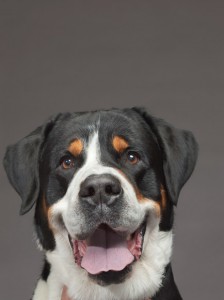
It’s an unusually balmy mid-February afternoon in New York City, but the lobby of the Hotel Pennsylvania is teeming with fur coats.
The wearers are attendees of what is undoubtedly the world’s elite canine mixer, one that takes place each year on the eve of the Westminster Kennel Club dog show.
Tomorrow the nation’s top dogs from 173 breeds will compete for glory across the street at Madison Square Garden. But today is more akin to a four-legged meet-and-greet, as owners shuffle through the check-in line at the competition’s official lodgings.
A basset hound aims a droopy eye across a luggage cart at a wired-up terrier.
A pair of muscled Rhodesian ridgebacks, with matching leather leashes, pause for a brief hello with a fluffy Pyrenean shepherd.
Outside the gift shop a Tibetan mastiff with paws the size of human hands goes nose to nose with a snuffling pug.
The variety on display in the hotel lobby—a dizzying array of body sizes, ear shapes, nose lengths, and barking habits—is what makes dog lovers such obstinate partisans.
For reasons both practical and whimsical, man’s best friend has been artificially evolved into the most diverse animal on the planet—a staggering achievement, given that most of the 350 to 400 dog breeds in existence have been around for only a couple hundred years.
The breeders fast-forwarded the normal pace of evolution by combining traits from disparate dogs and accentuating them by breeding those offspring with the largest hints of the desired attributes.
To create a dog well suited for cornering badgers, for instance, it is thought that German hunters in the 18th and 19th centuries brought together some combination of hounds—the basset, a native of France, being the likely suspect—and terriers, producing a new variation on the theme of dog with stubby legs and a rounded body that enabled it to chase its prey into the mouth of a burrow: hence the dachshund, or “badger dog” in German.
(A rival, flimsier history of the breed has it dating back, in some form, to ancient Egypt.) Pliable skin served as a defense mechanism, allowing the dog to endure sharp-toothed bites without significant damage. A long and sturdy tail helped hunters to retrieve it from an animal’s lair, badger in its mouth.
The breeders gave no thought, of course, to the fact that while coaxing such weird new dogs into existence, they were also tinkering with the genes that determine canine anatomy in the first place.
Scientists since have assumed that underneath the morphological diversity of dogs lay an equivalent amount of genetic diversity.
A recent explosion in canine genomic research, however, has led to a surprising, and opposite, conclusion: The vast mosaic of dog shapes, colors, and sizes is decided largely by changes in a mere handful of gene regions.
The difference between the dachshund’s diminutive body and the Rottweiler’s massive one hangs on the sequence of a single gene. The disparity between the dachshund’s stumpy legs—known officially as disproportionate dwarfism, or chondrodysplasia—and a greyhound’s sleek ones is determined by another one.
The same holds true across every breed and almost every physical trait.
In a project called CanMap, a collaboration among Cornell University, UCLA, and the National Institutes of Health, researchers gathered DNA from more than 900 dogs representing 80 breeds, as well as from wild canids such as gray wolves and coyotes.
They found that body size, hair length, fur type, nose shape, ear positioning, coat color, and the other traits that together define a breed’s appearance are controlled by somewhere in the neighborhood of 50 genetic switches.
The difference between floppy and erect ears is determined by a single gene region in canine chromosome 10, or CFA10.
The wrinkled skin of a Chinese shar-pei traces to another region, called HAS2.
The patch of ridged fur on Rhodesian ridgebacks? That’s from a change in CFA18. Flip a few switches, and your dachshund becomes a Doberman, at least in appearance. Flip again, and your Doberman is a Dalmatian.
“The story that is emerging,” says Robert Wayne, a biologist at UCLA, “is that the diversity in domestic dogs derives from a small genetic tool kit.”
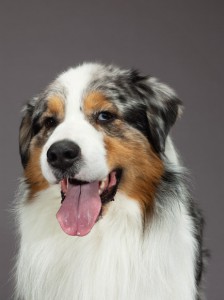
Media reports about the gene for red hair, alcoholism, or breast cancer give the false impression that most traits are governed by just one or a few genes.
In fact, the Tinkertoy genetics of dog morphology is a complete aberration. In nature, a physical trait or disease state is usually the product of a complex interaction of many genes, each one making a fractional contribution.
Height in humans, for instance, is determined by the interaction of some 200 gene regions.
So why are dogs so different? The answer, the researchers say, lies in their unusual evolutionary history.
Canines were the earliest domesticated animal, a process that started somewhere between 20,000 and 15,000 years ago, most likely when gray wolves began scavenging around human settlements.
Dog experts differ on how active a role humans played in the next step, but eventually the relationship became a mutual one, as we began employing dogs for hunting, guarding, and companionship.
Sheltered from the survival-of-the-fittest wilderness, those semidomesticated dogs thrived even though they harbored deleterious genetic mutations—stumpy legs, for instance—that would have been weeded out in smaller wild populations.
(Note from Chaps and Emma’s Mommy….Weeded out? excuse me?;)
Thousands of years later, breeders would seize on that diverse raw material when they began creating modern breeds.
They tended to grab traits they desired from across multiple breeds—or tried to rapidly replicate mutations in the same one—in order to get the dog they wanted.
They also favored novelty, since the more distinct a line of dogs appeared, the more likely it was to garner official recognition as a new breed.
Such artificial selection tended to favor single genes with a large impact, allowing traits to be fixed more rapidly than groups of smaller-impact genes ever could.
“It’s kind of like when you set your remote control to control your TV, your stereo, and your cable,” says Carlos Bustamante, a CanMap geneticist now at Stanford University. “You hit the on-off switch, and it does them all.”
This revelation has implications the scientists are just beginning to unravel—most important, for the understanding of genetic disorders in humans. Already, more than a hundred dog diseases have been mapped to mutations in particular genes, many of them with human counterparts.
Those diseases may have a whole array of mutations leading to a risk of disease in dogs, as they do in us. But because dogs have been genetically segregated into breeds developed from just a few original individuals, each breed has a much smaller set of errant genes—often only one or two—underlying the disease. For instance, Cornell researchers studying the degenerative eye disease retinitis pigmentosa—shared by humans and dogs—found 20 different canine genes causing the disorder. But a different gene was the culprit in schnauzers than in poodles, giving researchers some specific leads for where to start looking in humans.
Meanwhile a recent study of a rare type of epilepsy in dachshunds found what appears to be a unique genetic signature, which could shed new light on the disorder in us as well.
In short, while the Victorian breeders were crafting dogs to suit their tastes, they were also creating genetically isolated populations, little knowing how useful they might be to scientists in the future.
The possibilities are especially abundant for cancer, certain types of which can show up as often as 60 percent of the time in some dog breeds but only once in every 10,000 humans.
“We are the people who are doing the genetics,” says Elaine Ostrander, who studies dog evolution and disease at the National Human Genome Research Institute at NIH. “But breeders are the people who have done all the fieldwork.”
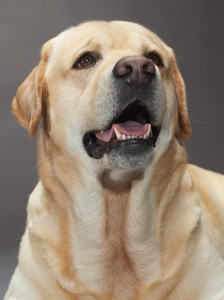
One category of trait that has so far proved resistant to the CanMap analysis is behavior. Only a single mutant behavioral gene has been identified to date: the dog version of the gene for obsessive-compulsive disorder in humans, which can cause Doberman pinschers to obsessively suck on their fur to the point of bleeding. More common characteristics such as loyalty, tenaciousness, or the instinct to herd clearly have genetic underpinnings.
But they can also be affected by factors ranging from a dog’s nutrition to the presence of children in the house, making them difficult to quantify rigorously enough to study. Nevertheless, “we’ve probably got as good a shot, if not better, of understanding behavior in dogs over other animals,” says Stanford’s Bustamante. After all, he points out, there are millions of dog lovers out there willing and eager to help with the fieldwork.
End of article….
Of course, in the entire slide show there was not a basset hound. Anyway, the pictures are priceless and I brought them over here and placed them in the article. Just so cute. We hope you enjoyed it!
More loving dogs later, for sooooo many reasons…..Cat, Chaps and Emma
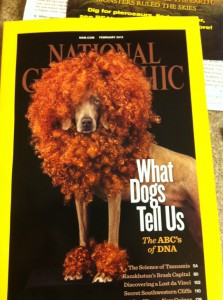
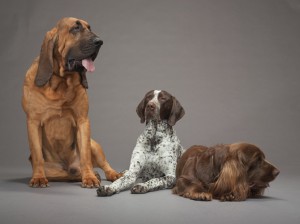
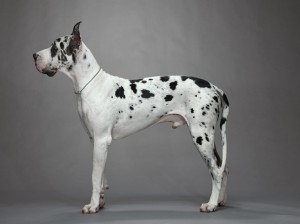
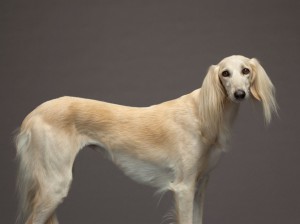
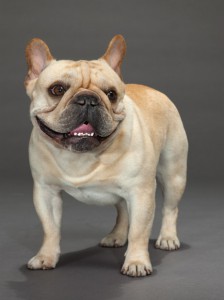
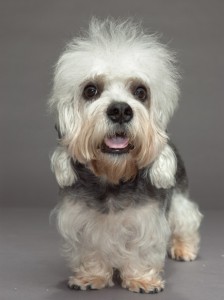
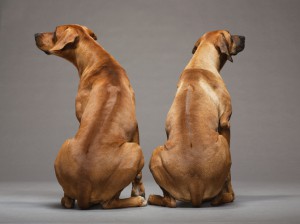
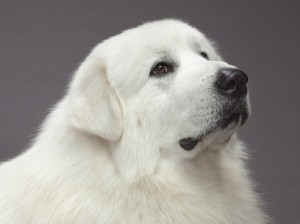
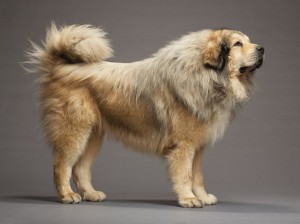
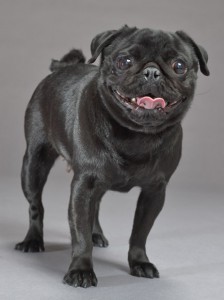
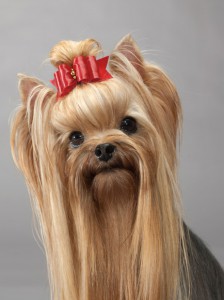
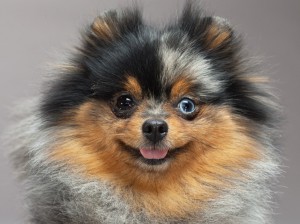
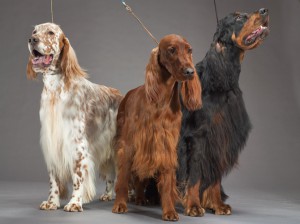
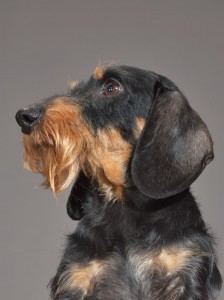
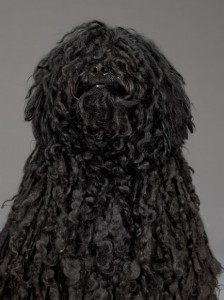
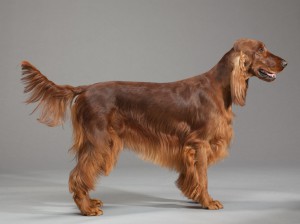
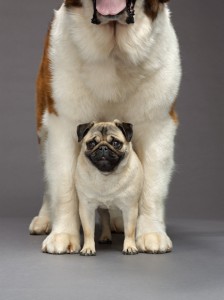
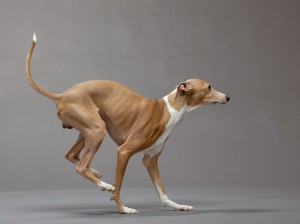
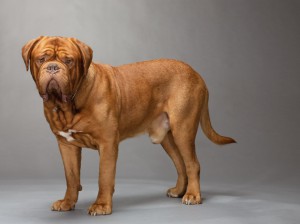
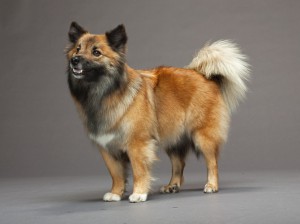
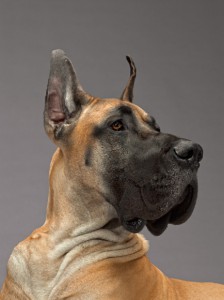
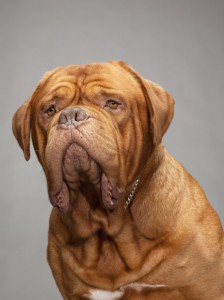
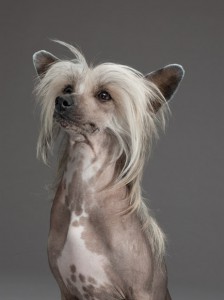
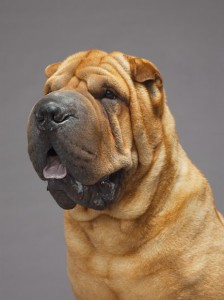
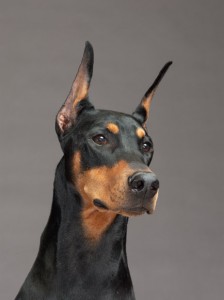
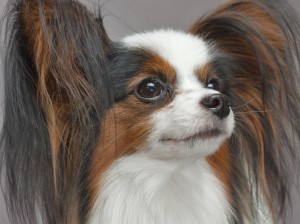
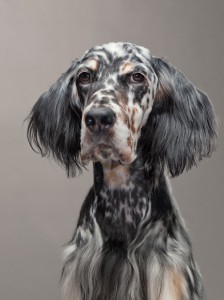
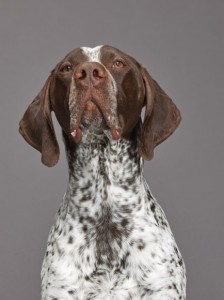
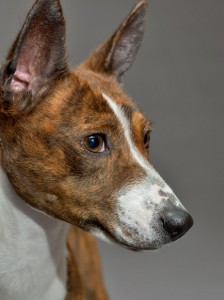
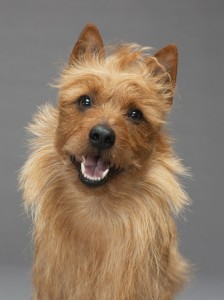
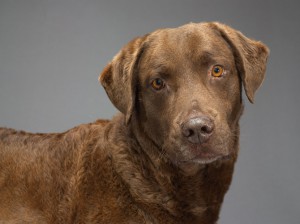
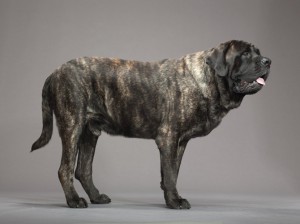
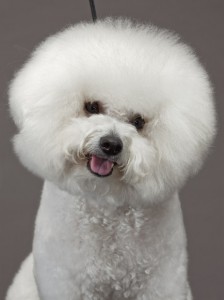
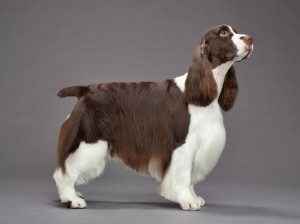
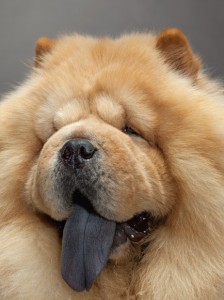
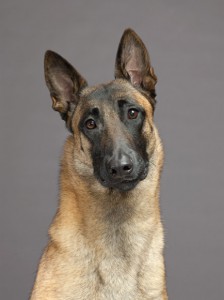
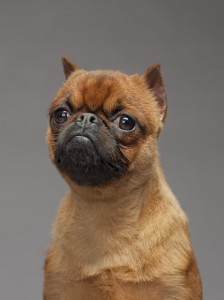
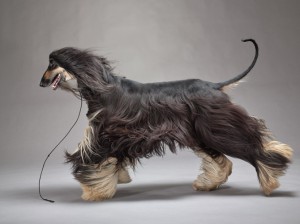
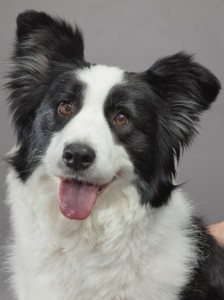
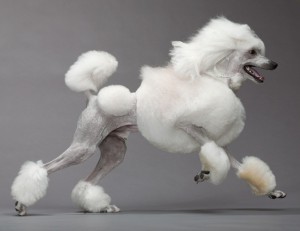
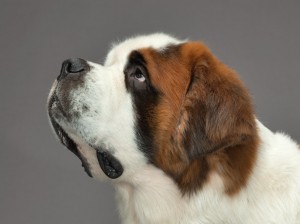
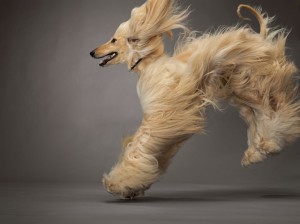
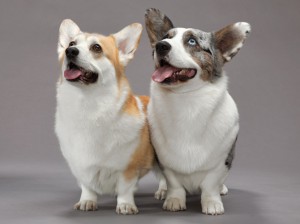
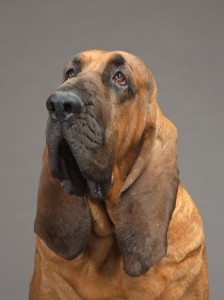
 Comments(9)
Comments(9)



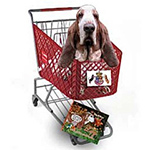
Well, there was a bloodhound so I guess we’ll just have to be happy that something similar was in the mix. Very interesting article. The dog below your Mommy note is an English Springer Spaniel. I had 2 black and white one’s before I got my bassets. I have to say that they were the most beautiful dogs I’ve ever owned.
My husband received his issue of National Geographic today and has been reading all of this to me since I arrived home from work. I would like to point out in the photo with the Bloodhound, Pointer and Spaniel – that’s not just any spaniel, that’s a Sussex Spaniel! Two big woofs and some drool from our sweet 12 year old Sussex, Nell. 🙂
One Mom I did notice the Sussex. I was wondering if it was any relation to Stump?
I wondered the same thing if that was a relative of Stump. If Westminster is coming up, then it’s almost time for the anniversary of when we arrived in Basset Hound Town, thanks to Stump and Nell!
Yes, WM is coming up mid Feb. Gawd, I loved Stump. He is the reason we met. I am not a big fan of dog shows as most of the residents know but I would love to get to WM one day. I would make absolutely sure I was front and center at the sussex ring. I love those dogs. Does Nell shed more than a basset?
Got 5 minutes? This is your cute fix for the day!
http://video.westminsterkennelclub.org/breed_judging/sporting/2011_5/spaniel-sussex/v1294065
Interesting article, and I love many of the dogs photographed, but that dog on the cover looks ridiculous, and I would like to go on record stating that “I would be really P _ _ _ _ D OFF if anyone did that to me!
Thanks for the cute fix, Cat! I am so honored to have the Nell-dog … a very small breed (in numbers), and she needed us so desperately. She’s been with us just over 4 years now (turned 12 last September), and I’m glad to be able to make these years everything a Sussex (and bassets!)deserve.
Nell sheds, but I actually think Sophie sheds more.
That looks like two Great Pyrenees instead of a GP then Tibetan Mastiff. I love my GP.